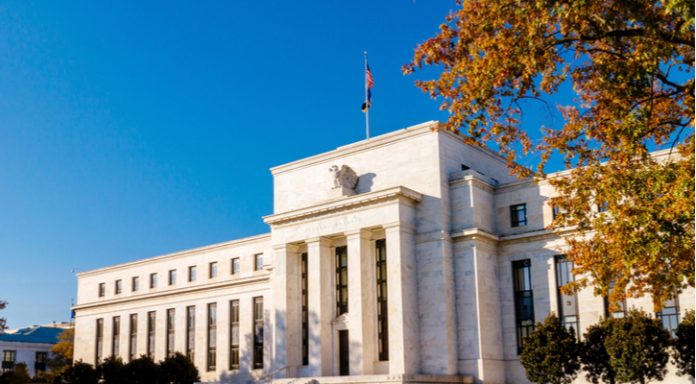- Pound (GBP) strengthens despite weaker CPI reading
- UK inflation growth slows to 2%
- Euro (EUR) declines on stronger USD, weaker CPI
- Eurozone economic calendar quiet
The Pound Euro (GBP/EUR) exchange rate is pushing higher on Thursday, extending gains from the previous session. The pair settled +0.09% at €1.1742 on Wednesday. At 05:45 UTC, GBP/EUR trades +0.06% at €1.1754.
The Pound pushed higher versus the Euro despite UK inflation slowing by more than expected in July. Data from the Office of National Statistics revealed that consumer prices rose by 2%? Year on year in July, down from 2.5% in June and a greater decline than the 2.3% forecast by analysts.
The fall in inflation came as price growth from footwear and clothing eased. However, this is most likely a pause in inflation growth as the Bank of England forecast that inflation will reach 4% by the end of the year.
Meanwhile, wholesale inflation, as measured by producer prices rose 9.9% year on year. PPI often feeds through to CPI, so a high PPI reading suggests that cost pressures continue to build in the pipeline.
Even so, the BoE expect any spike higher in inflation to be temporary with a return to the central bank’s target of 2% in around 2 years’ time. The BoE is not expected to tighten monetary policy until late 2022 of early 2023.
There is no high impacting UK economic data today.
The Euro came under pressure on Wednesday on the back of a stronger US Dollar following the hawkish FOMC minutes. The minutes from the July meeting showed that the Fed is preparing to taper bond purchases this year. The Euro trades inversely to the US Dollar.
Adding to the Euro’s woes, Eurozone final consumer price inflation was downwardly revised on a monthly basis in July.
Consumer prices declined by 0.1% month on month in July down from a 0.3% rise in June. However, the annual figure came in as expected at 2.2% rise, up from 1.9%.
The Eurozone economic calendar is quiet today meaning that the US Dollar movement is likely to drive the common currency.





